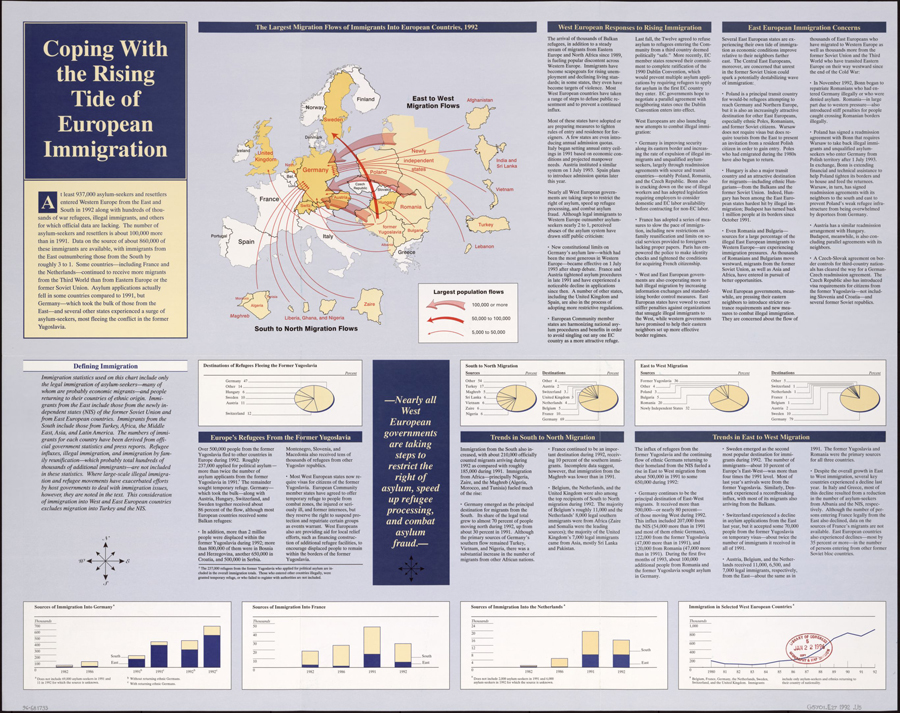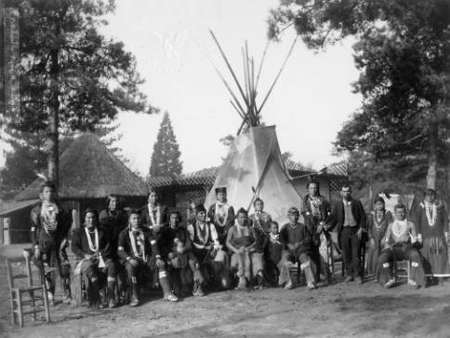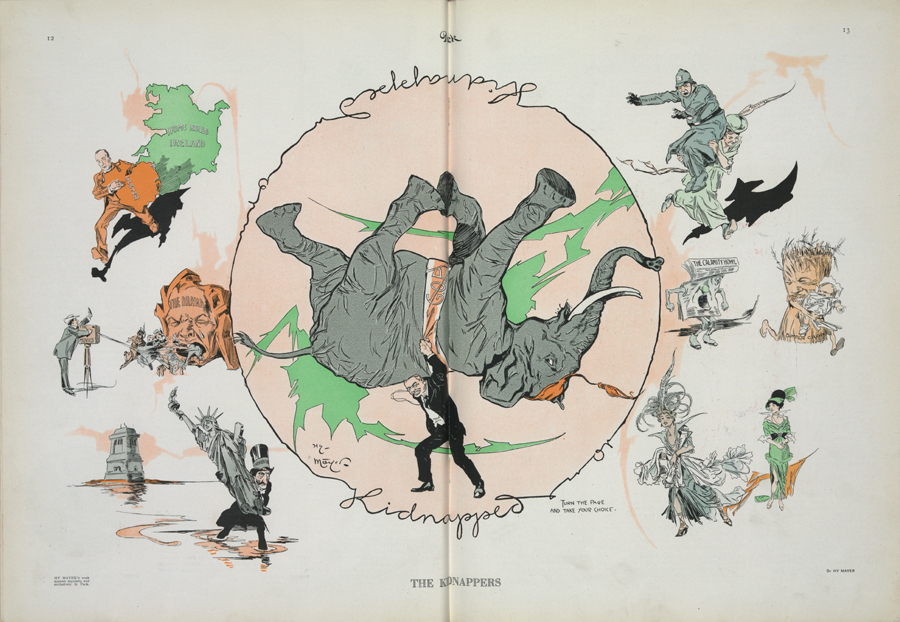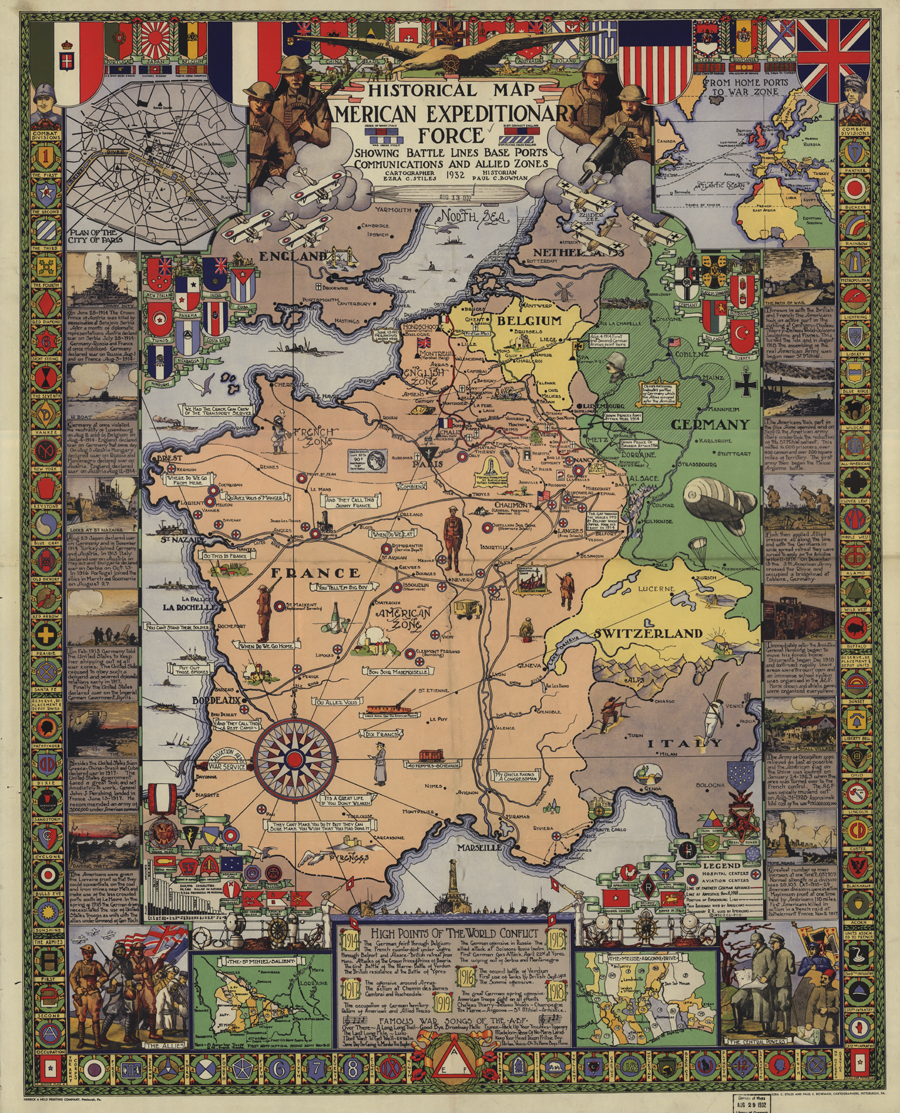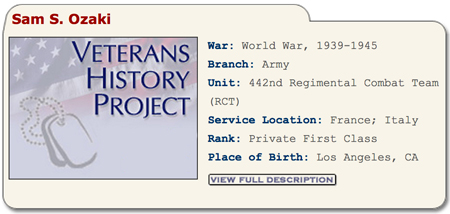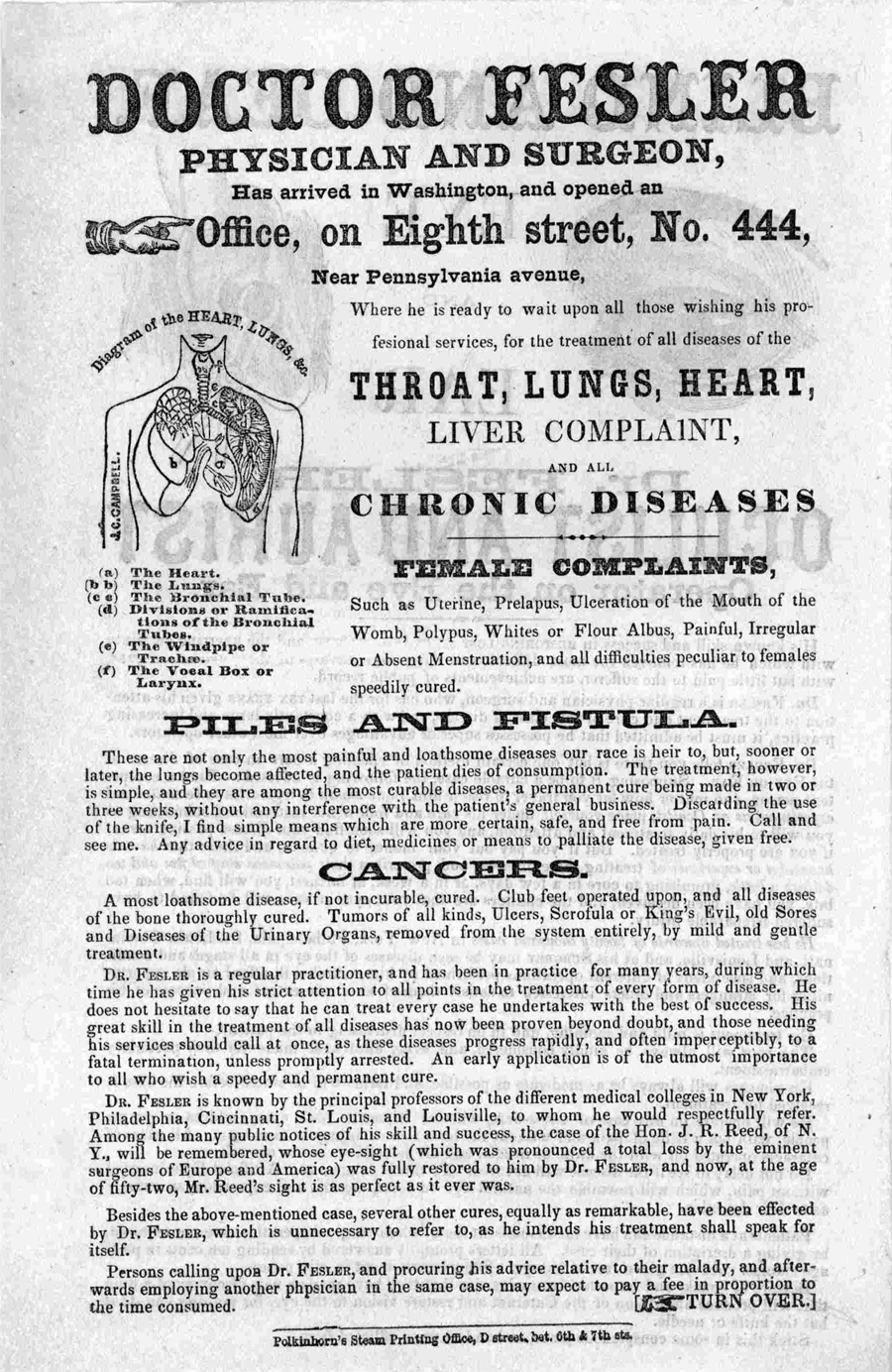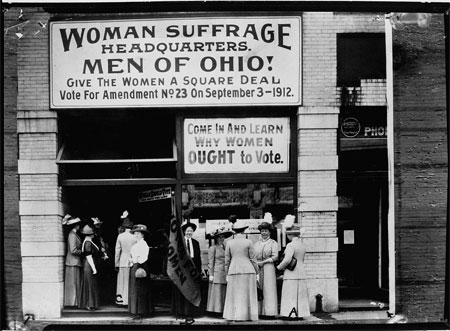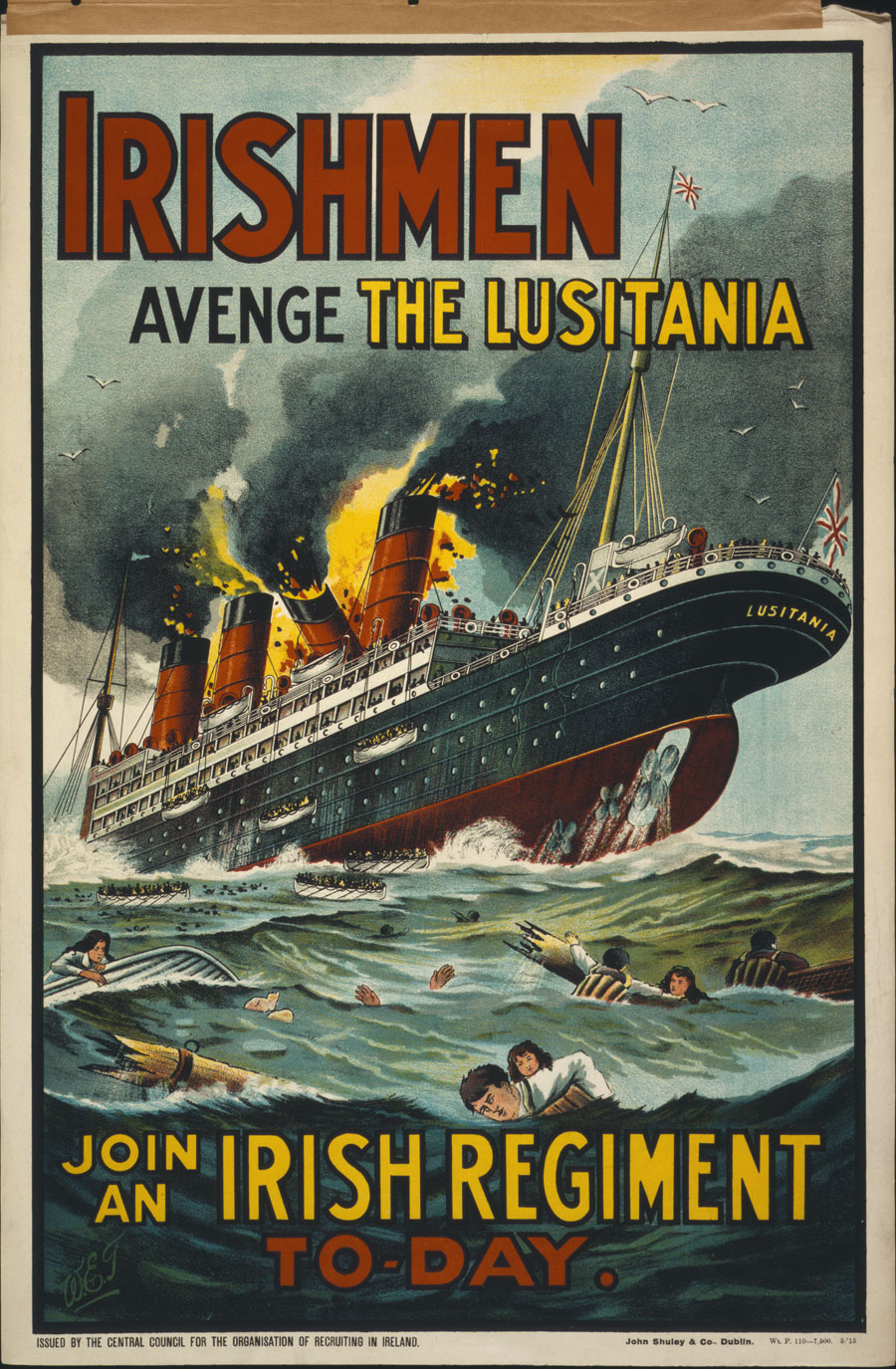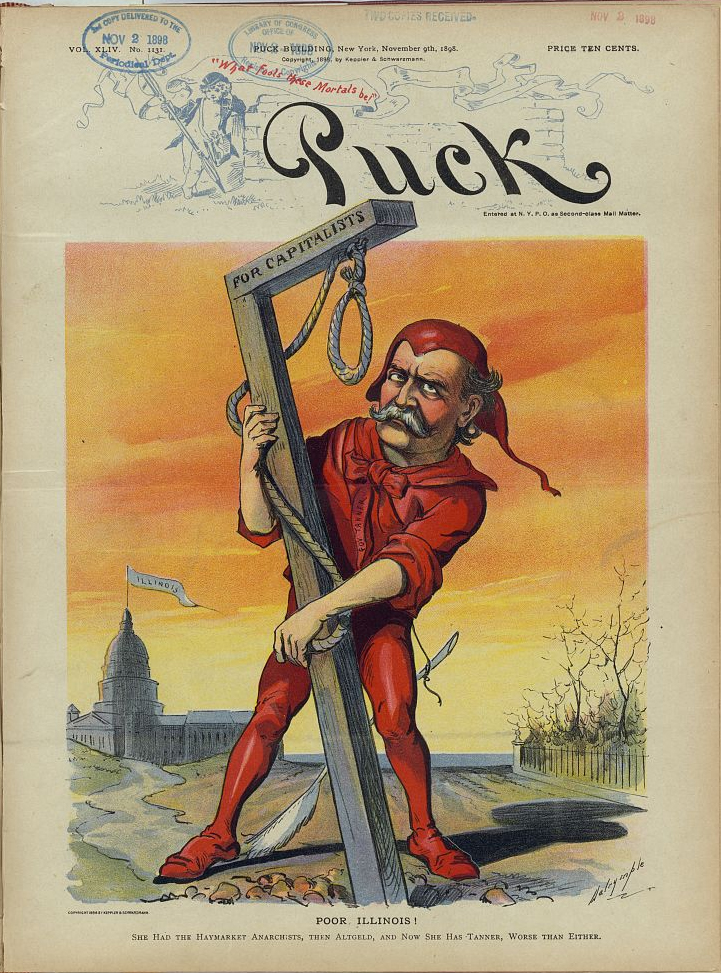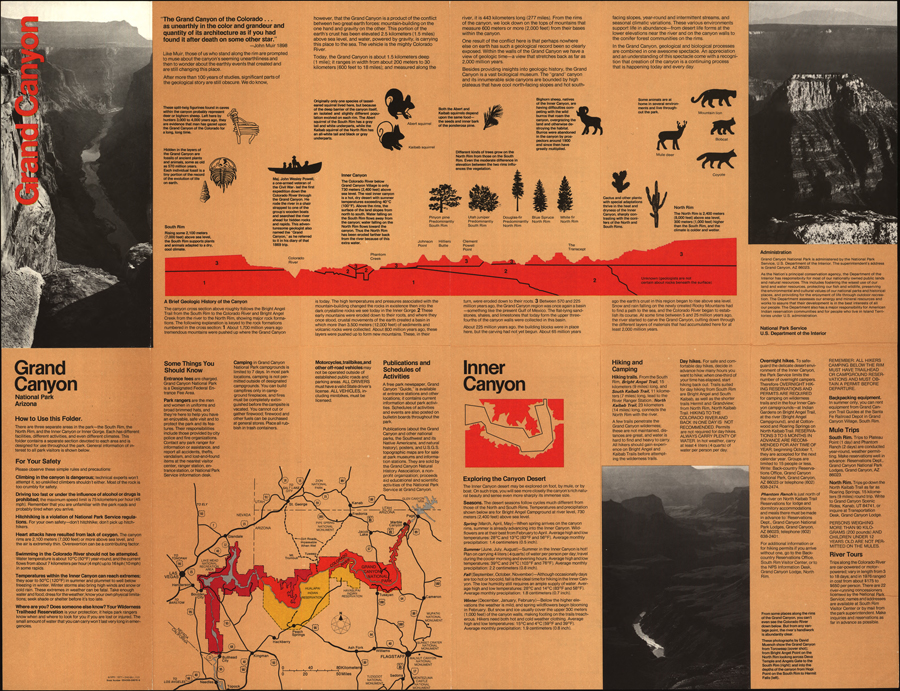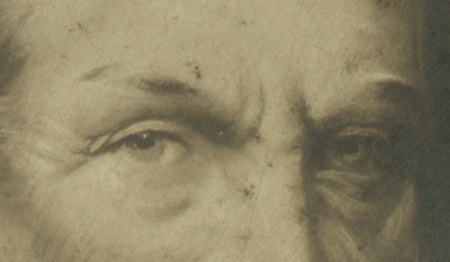Guided Primary Source Analysis: Synopsis of the Fugitive Slave Law
Review this synopsis of the fugitive slave law. Choose one of the synopsis points and find which part(s) of the fugitive law text the author drew from to create the summary. Use the text from the fugitive slave law to create your own synopsis using modern-day language. In the objections, the author states that the fugitive…


